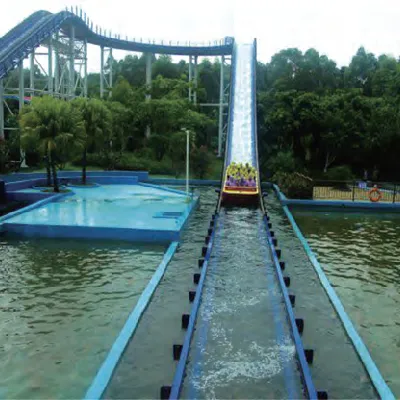- Albanian
- Arabic
- Belarusian
- Bengali
- Czech
- English
- French
- German
- Hebrew
- Hungarian
- Indonesian
- irish
- Italian
- Japanese
- kazakh
- Persian
- Russian
- Thai
- Uzbek
- Vietnamese
types of rollercoaster
Types of Roller Coasters A Thrilling Journey Through Design and Experience
Roller coasters have become a quintessential part of amusement parks and thrill-seeking experiences across the globe. They vary significantly in design, speed, height, and the sensations they provide. This article explores the various types of roller coasters, delving into their unique characteristics and the experiences they offer to riders.
1. Wooden Roller Coasters
Wooden roller coasters are some of the oldest and most classic rides in amusement parks. Constructed primarily from wood, they offer a distinct, nostalgic experience. The wooden structures provide a unique feel with a series of hills, drops, and turns that tend to be more gentle compared to their steel counterparts. Iconic wooden coasters like the “Cyclone” at Coney Island have become legendary, known for their timber-framed, rugged charm, and the slight swaying that adds to the thrill. While they may not achieve the same speeds as steel coasters, wooden coasters resonate with riders who appreciate tradition and history.
2. Steel Roller Coasters
Steel roller coasters revolutionized the amusement industry, allowing for much higher speeds, smoother rides, and intricate looping designs. These coasters utilize steel tracks, enabling designers to create designs with intense drops, inversions, and high-speed chases. One celebrated example is the “Steel Vengeance” at Cedar Point, which combines fast drops with multiple inversions, providing a thrilling ride experience. Steel coasters also tend to have more elaborate and complex layouts, enabling creative features that can astonish even the seasoned thrill-seeker.
Inverted roller coasters feature trains that hang beneath the track, allowing riders to experience inversions without a floor beneath them. This unique design leads to thrilling sensations of weightlessness as riders flip upside down. The “Batman The Ride” is a famous example, where trains flip and twist through heart-pounding loops and turns, leaving riders screaming in exhilaration. The feeling of hanging freely through the air is a significant draw for many thrill-seeking riders.
types of rollercoaster

4. Looping Roller Coasters
Looping roller coasters are known for their signature inversion – the loop. These coasters feature vertical loops that provide a rush unlike any other as riders are briefly turned upside down. The forces experienced during loops can create exhilarating sensations, making them a favorite among thrill seekers. “The Smiler” at Alton Towers holds the record for the most inversions on a coaster, showcasing how looping designs can push the boundaries of excitement.
5. Launched Roller Coasters
Unlike traditional coasters that are pulled up a lift hill, launched roller coasters propel riders forward at high speed from a standstill, creating a very different sensation right from the beginning. The “Kingda Ka” at Six Flags Great Adventure is one of the tallest and fastest launched coasters in the world, reaching astounding speeds in mere seconds. These rides often incorporate steep drops and intense twists immediately after the launch, providing an adrenaline rush that is hard to match.
6. Suspended Roller Coasters
Suspended roller coasters allow riders to experience the sensation of flying while securely seated. Their design suspends the train from above, providing a thrilling experience as they glide through sharp turns and dips. A prime example of this type is “The Riddler’s Revenge” at Six Flags Magic Mountain, which features multiple inversions and gives riders the feeling of soaring through the air.
In conclusion, roller coasters come in many forms, each offering a unique blend of adrenaline, design, and experiences. Whether one prefers the classic feel of wooden coasters, the high-speed thrills of steel coasters, or the looping excitement of inverted rides, there's a roller coaster out there for everyone. Each ride promises to push the limits of excitement, making roller coasters a beloved staple of entertainment for thrill-seekers of all ages.
-
Flume Ride-Hebei Zhipao Amusement Equipment Manufacturing Co., Ltd.|Thrilling Water Attraction&Customizable DesignJul.30,2025
-
Flume Ride - Hebei Zhipao Amusement Equipment | Water Coaster, Thrilling DescentJul.30,2025
-
Flume Ride - Hebei Zhipao | Thrilling Water AttractionJul.30,2025
-
Flume Ride: Thrilling Water Attraction by Hebei Zhipao|Log Flume Manufacturers&Flume Ride DesignJul.30,2025
-
Flume Ride-Hebei Zhipao Amusement Equipment Manufacturing Co., Ltd.|Thrilling Water Coaster, Safe DesignJul.30,2025
-
Flume Ride-Hebei Zhipao Amusement Equipment Manufacturing Co., Ltd.|Thrilling Water Attraction, Safe DesignJul.30,2025
